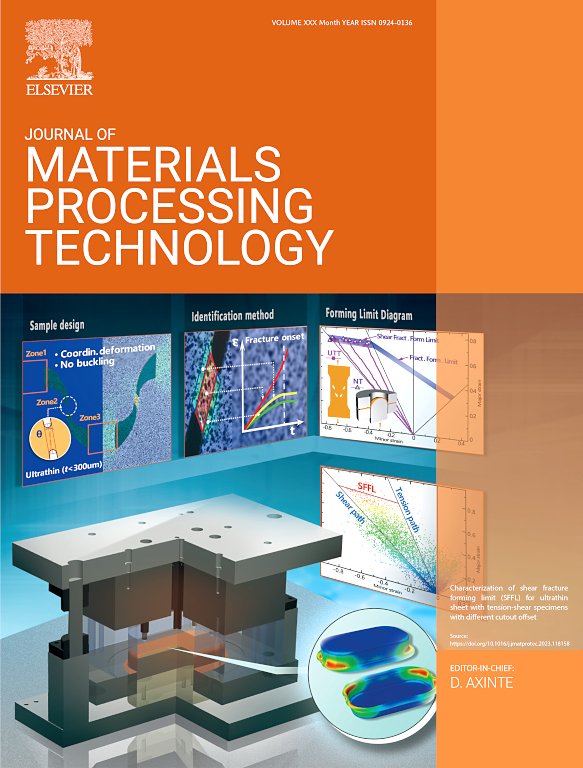A cross-scale material removal prediction model for magnetorheological shear thickening polishing
Abstract
Conventional polishing methods face significant challenges for achieving excellent performance on complex surfaces. The magnetorheological shear thickening polishing (MRSTP) method, with its dual-stimulus response of shear thickening and magnetization enhancement, offers an effective solution for polishing complex surfaces. However, existing models fail to elucidate the cross-scale material removal mechanisms in MRSTP owing to the coupling of magnetic and flow fields. In this study, a comprehensive model was proposed to address the the challenge of predicting the cross-scale material removal rate (MRR) in MRSTP for complex surfaces. Analytical and finite difference methods were employed to solve the pressure distribution during the MRSTP process using magnetohydrodynamics. By incorporating the pressure distribution, an MRR predictive model was developed for arbitrary points on the workpiece surface based on the indentation theory for active abrasive grains. The material removal mechanism was explored by considering elastic and plastic deformation under fluid pressure. The experimental validation showed a relative error of 14.9 % between the theoretical and experimental MRR. Experiments on aero-engine blade tenons demonstrated that the established MRR model is well suited for application to complex surfaces. This study ultimately reveals the material removal mechanism of MRSTP with coupled magnetic and flow field, providing a new foundation for predicting MRR on complex surfaces.

 求助内容:
求助内容: 应助结果提醒方式:
应助结果提醒方式:


